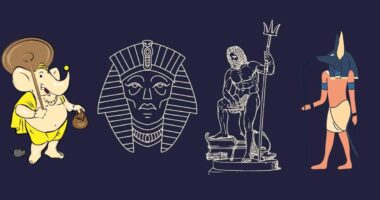Google has been a pioneer in the field of artificial intelligence (AI) and has been using AI technologies for several years now. However, the extent to which Google has relied on AI to enhance its services and products is often overlooked by the public. Despite being one of the largest technology companies in the world, Google’s implementation of AI remains somewhat of a mystery to many. From Google Assistant to Google Photos, the company has integrated AI into many of its offerings, helping to improve the overall user experience and streamline various processes. It’s only in recent years, with the advent of language models like ChatGPT, that the general public has become more aware of the capabilities and potential of AI. Nevertheless, Google’s early adoption and integration of AI has set the company ahead of the curve and cemented its position as a leader in the technology industry. Today we will see how Google was using AI before ChatGPT hit the market and no one realised it.
Google Was Using AI Before ChatGPT Hit the Market and No One Realized it
Google Assistant
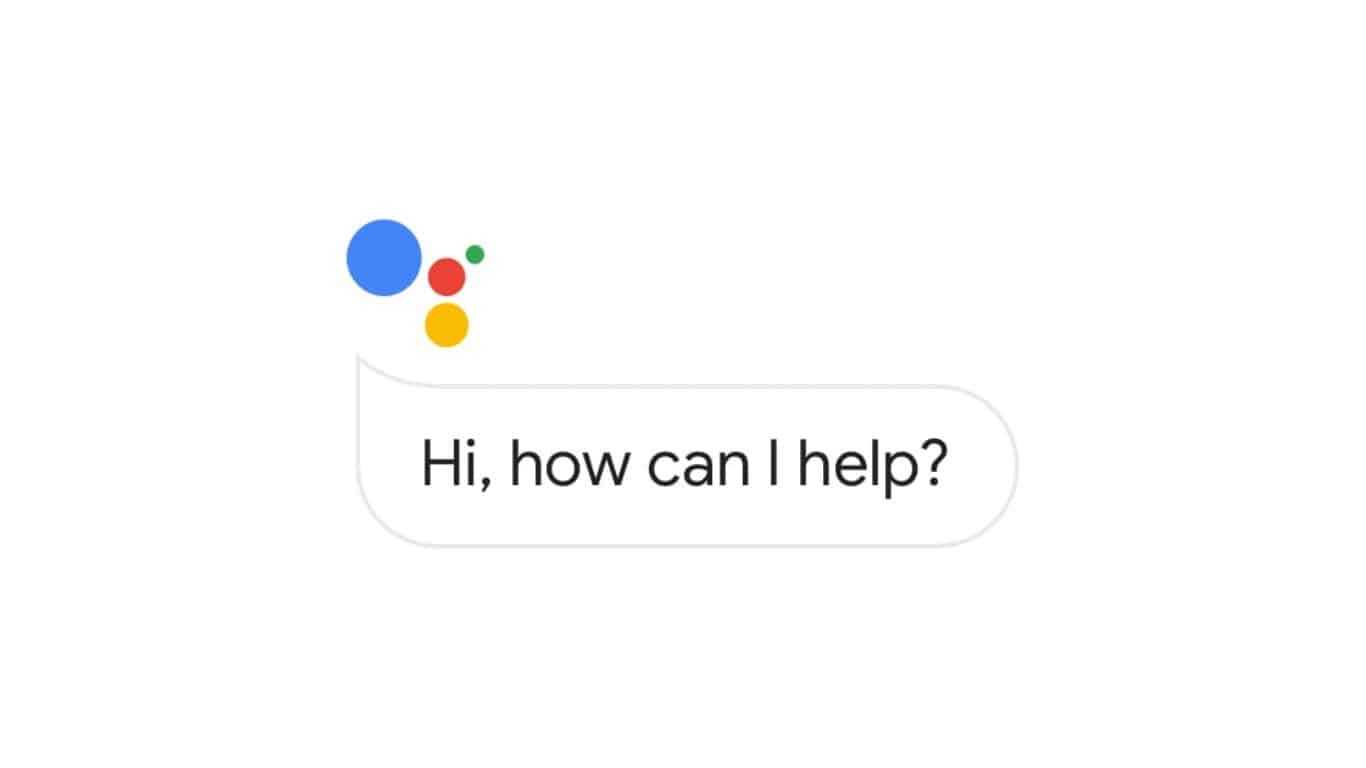
It is a virtual assistant developed by Google that uses natural language processing (NLP) and machine learning algorithms to understand and respond to user requests. Users can interact with Google Assistant through their smartphone or smart speaker by speaking commands and questions.
Google Assistant can perform a wide range of tasks, including setting reminders, playing music, answering questions, making phone calls, sending messages, controlling smart home devices, and providing information on a variety of topics, such as the weather, news, sports, and more. The AI behind Google Assistant is constantly learning and improving, allowing it to provide more accurate and helpful responses over time.
On top of that, Google Assistant is also integrated with other Google services, such as Google Maps, Gmail, and Google Calendar, allowing users to access information and perform tasks related to these services through the assistant. With its ability to perform a wide range of tasks and provide information on various topics, Google Assistant has become a valuable tool for many people in their daily lives.
Google Photos

It is a photo and video storage service offered by Google. One of its key features is the use of AI to organize and categorize the photos and videos stored in a user’s account. The AI algorithms used by Google Photos can automatically detect and categorize images based on the objects and people in the photos, as well as the location and date the photos were taken. This makes it easier for users to find the images they’re looking for and relive their memories.
It also uses AI to suggest edits and improvements to photos. The app can automatically detect blemishes or other imperfections in a photo and suggest edits to remove them, as well as suggest adjustments to the brightness, contrast, and other aspects of the image. These AI-powered editing suggestions can help users enhance their photos with minimal effort.
Another notable feature of Google Photos is the ability to use AI to search for specific photos based on the objects, people, and locations in the images. For example, a user can search for “dogs” or “beach” and the app will display all the photos in the user’s collection that match those keywords. This makes it easier and faster to find specific photos in a large collection.
Image and Speech Recognition
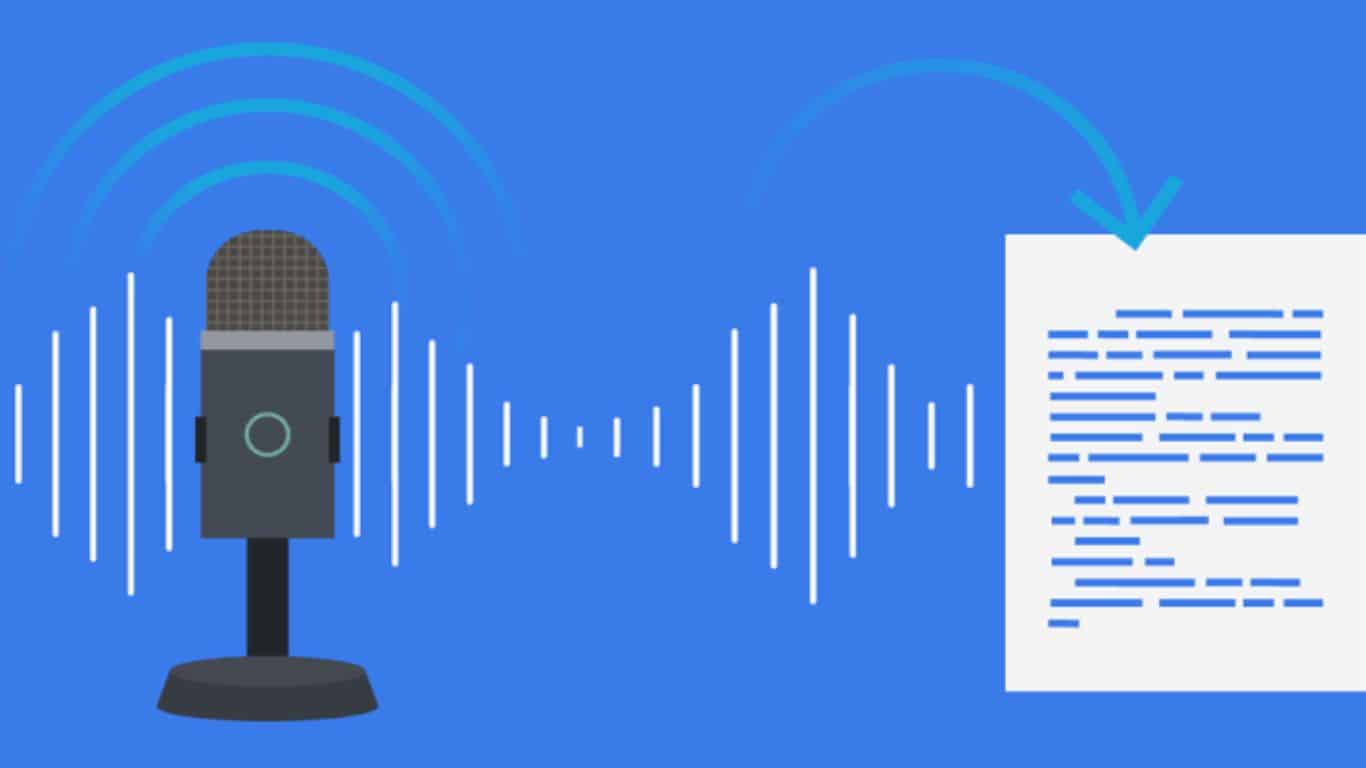
Google has developed advanced AI algorithms that can recognize and categorize images and speech with remarkable accuracy. These algorithms are used in several of their products, including Google Photos and Google Voice Search.
In Google Voice Search, the AI algorithms are used to accurately transcribe and interpret user speech, allowing users to perform searches and perform other tasks using only their voice. The AI algorithms can understand a wide range of accents and speech patterns, making Google Voice Search accessible to users from around the world.
The remarkable accuracy of Google’s AI algorithms in recognizing and categorizing images and speech is a testament to the company’s expertise in the field of AI and machine learning. The algorithms are constantly learning and improving, which allows Google to provide even more accurate and helpful services to users over time.
Google Translate
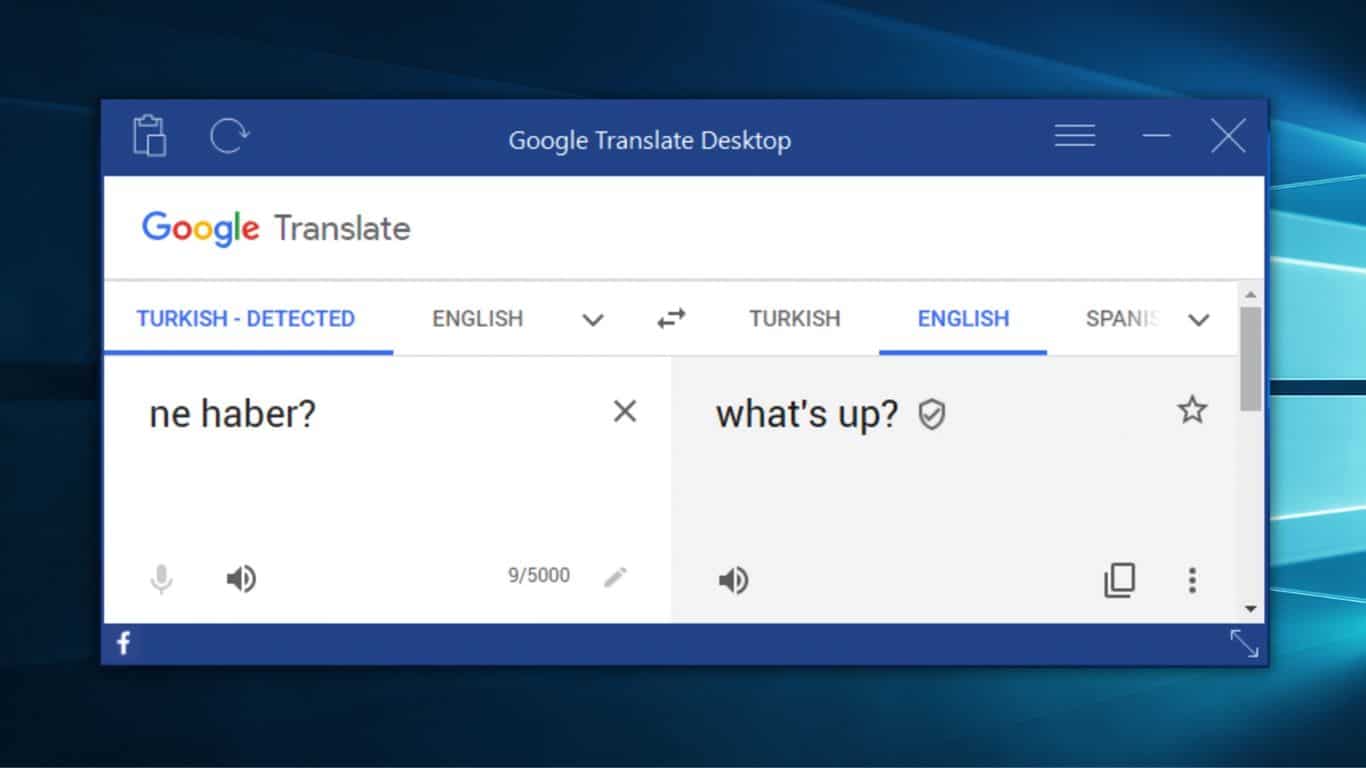
It uses artificial intelligence (AI) technology to translate text and speech from one language to another. The AI technology behind Google Translate is based on machine learning algorithms that have been trained on large datasets of multilingual text. This allows the service to provide translations that are both accurate and fluent, making it an essential tool for people from different countries who need to communicate with each other.
The service supports over 100 languages and can translate text, speech, images, and even entire websites. The translations provided by Google Translate are not always perfect, but the service is constantly improving its algorithms based on user feedback and new data. Additionally, users can suggest alternative translations, which can help to improve the accuracy of the service over time.
Google Translate is also available as a mobile app for both iOS and Android devices, making it easy to access and use on the go. With its ease of use and constantly improving accuracy, Google Translate is a valuable tool for people who need to communicate with others in different languages.
Google Ads
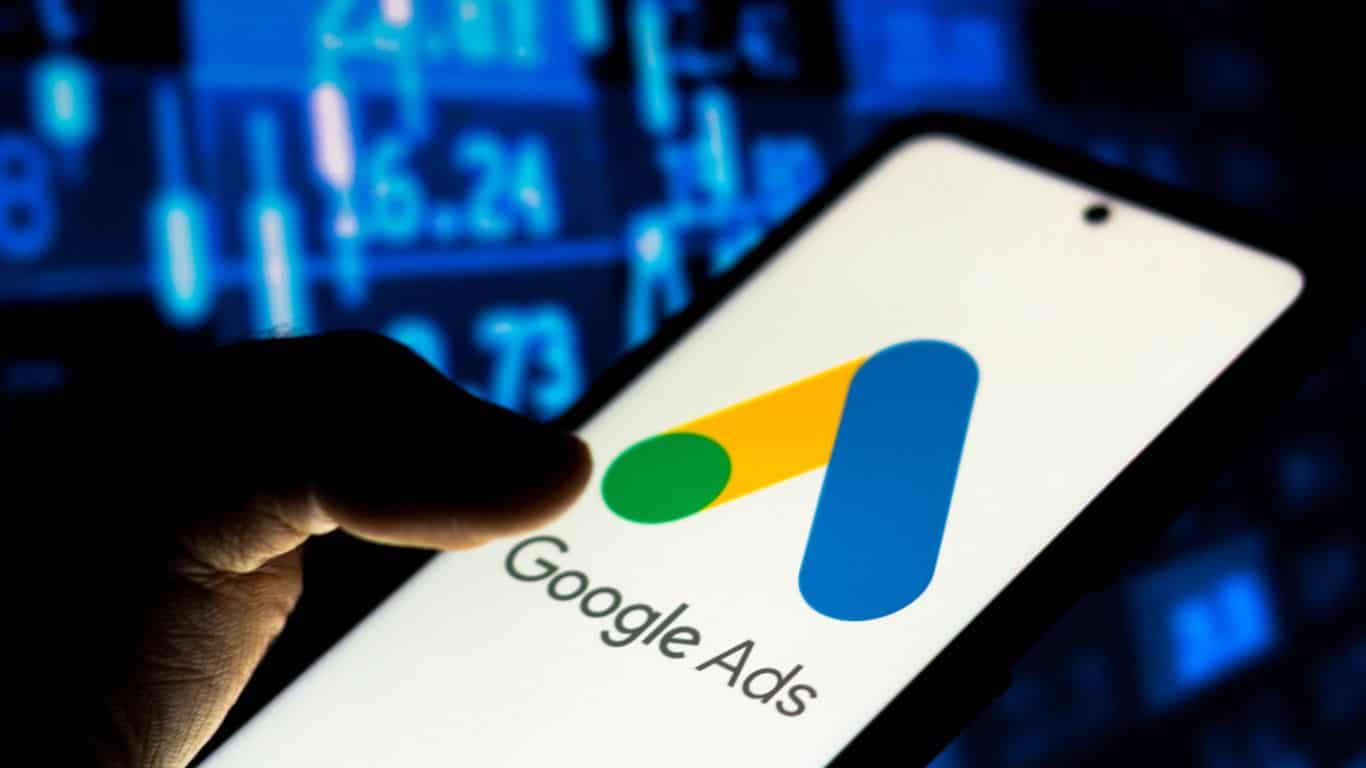
Google’s advertising platform uses AI to match ads to the most relevant audience, optimizing the return on investment for advertisers and improving the overall user experience for viewers. It uses artificial intelligence (AI) and machine learning in several ways to help advertisers improve their campaigns. Here are a few examples:
- Smart Bidding: This is a form of AI-driven bidding that helps advertisers optimize their bids for maximum conversions or return on ad spend. Google’s algorithms consider various signals, such as device, location, time of day, and search context, to make real-time bidding decisions.
- Predictive Insights: Google Ads uses machine learning to analyze vast amounts of data and provide advertisers with predictions about future performance. For example, the platform can predict which keywords are likely to perform well, or which ads are most likely to lead to conversions.
- Campaign Optimization: Google’s AI algorithms help advertisers optimize their campaigns by identifying opportunities for improvement, such as recommending changes to bids, targeting, or ad copy.
- Audience Insights: Google Ads uses machine learning to help advertisers understand their target audience better. The platform provides insights into audience demographics, interests, and behaviors, which can help advertisers create more relevant and effective ads.
Gmail
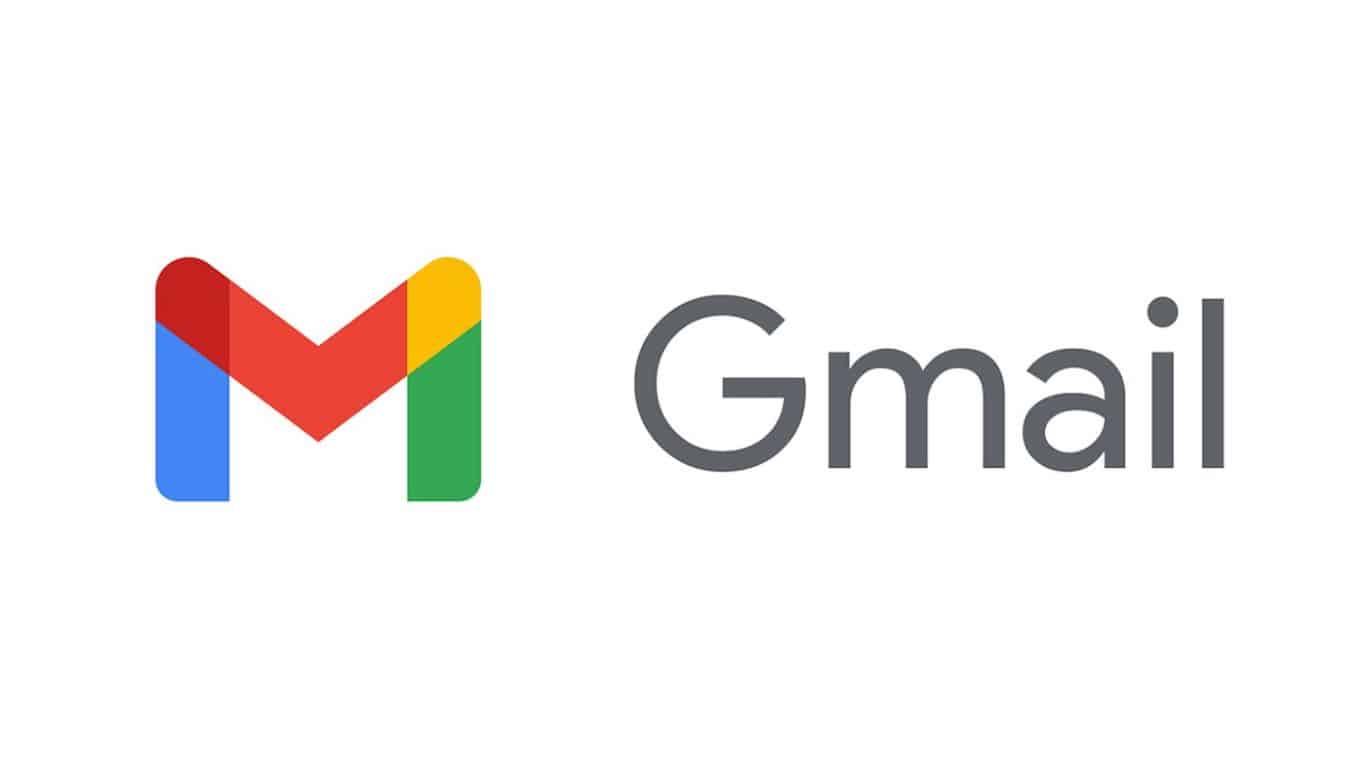
The AI-powered features in Gmail help users manage their email inboxes more effectively by:
- Sorting and categorizing emails: Gmail uses AI to sort emails into different categories, such as “Primary,” “Social,” and “Promotions.” This helps users easily identify the most important emails and quickly find the emails they are looking for.
- Identifying spam and malicious emails: Artificial Intelligence detect and flag potentially malicious or spam emails, reducing the risk of users falling victim to phishing scams or other types of cyber attacks.
- Providing suggestions: AI provide users with suggestions for responding to emails, completing email addresses, or adding events to their calendars.
- Improving search functionality: Gmail’s AI-powered search functionality makes it easier for users to find the emails they are looking for by providing relevant search results and automatically completing search terms.
Google Maps
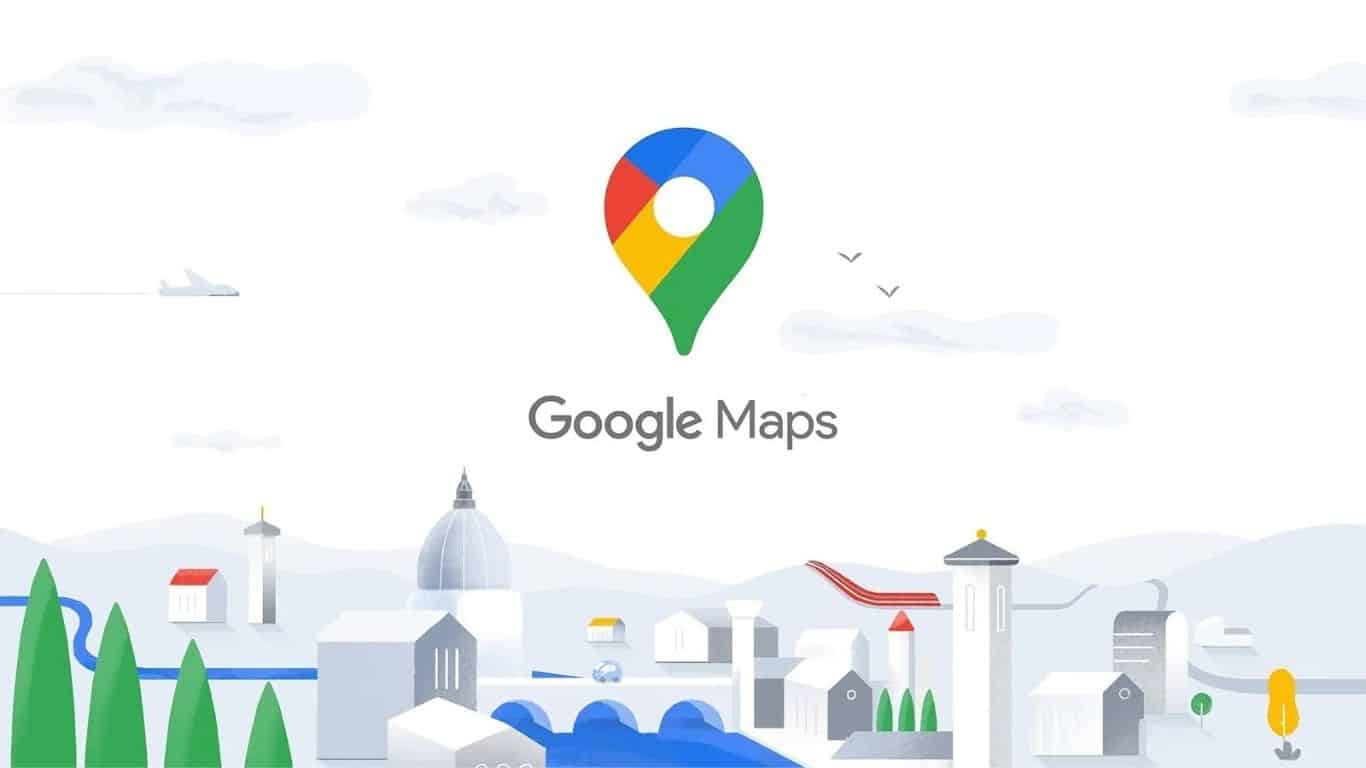
One of the most prominent applications of AI in Google Maps is its real-time traffic updates feature. The app collects data from various sources, including GPS signals from phones and vehicles, to provide users with up-to-date information on traffic conditions, including the current speed of traffic and potential delays. This information is then used to recommend the best route to reach a destination, taking into account the current traffic conditions.
Another AI-powered feature of Google Maps is its ability to provide information about businesses and attractions nearby. Using machine learning algorithms, Google Maps can recognize patterns in large amounts of data, such as the types of businesses located in a particular area and the most popular times to visit them. This information is then used to provide users with recommendations and search results that are personalized to their interests and location.
SEO (Analyse and rank the website with relevancy)
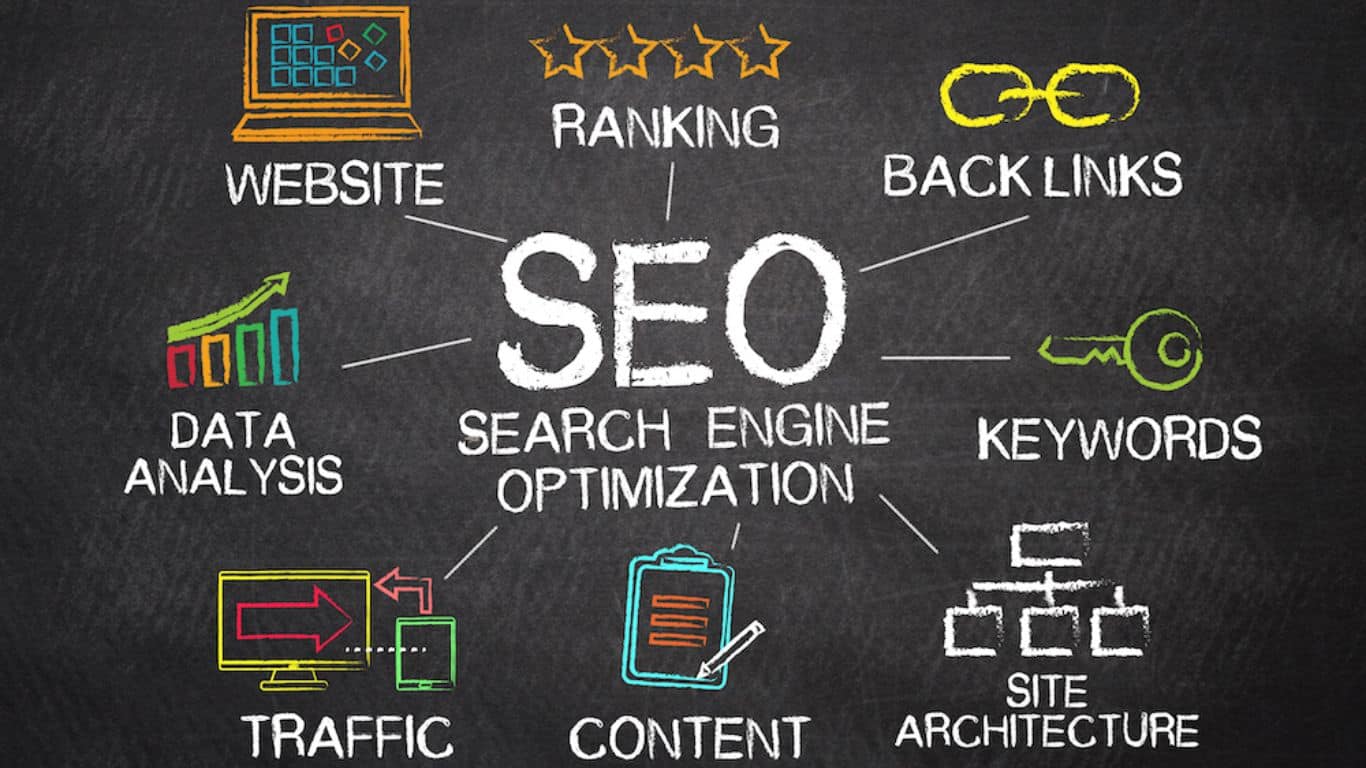
Google uses artificial intelligence (AI) and machine learning in several ways to analyze and rank websites in search results. Here are some of the ways AI is used in SEO:
- RankBrain: This is a machine learning algorithm that helps Google understand the meaning behind queries and match them with relevant search results. RankBrain uses AI to analyze user behavior, including clicks and dwell time, to determine which results are the most relevant and helpful to users.
- BERT: BERT stands for “Bidirectional Encoder Representations from Transformers”. It is a deep learning algorithm that helps Google understand the context and meaning of words in a query. This enables Google to deliver more accurate and relevant results for complex and conversational searches.
- Panda: This is a quality algorithm that Google uses to evaluate the quality of a website’s content. Panda uses machine learning to analyze a variety of factors, such as originality, relevance, and readability, to determine which websites should be ranked higher in search results.
- Hummingbird: This is a semantic search algorithm that helps Google understand the context and meaning behind a user’s query. Hummingbird uses AI to match queries with relevant content, even when the query is phrased in a conversational manner.
- Neural matching: This is a machine learning technology that helps Google understand the relationship between a query and a piece of content. Neural matching uses AI to analyze the relevance and context of a query and match it with the most relevant content on the web.
Also Read: Google Apps that are Essential for Students

